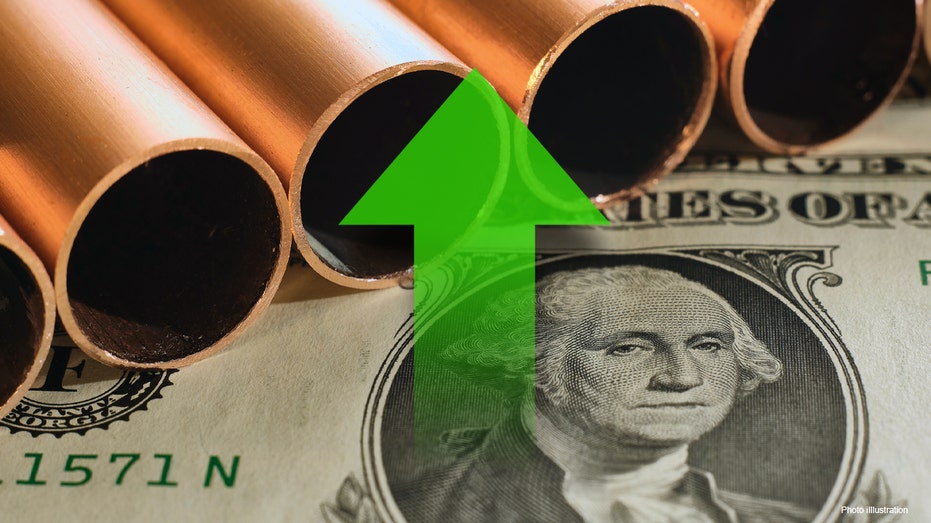Toggle Navigation
A growing copper deficit could impact the market for years to come as mining setbacks in South America mount.
On Monday, copper futures were trading $4.025 per pound after the metal hit a low of $3.9930, its lowest level since Jan. 10 when it traded as low as $3.9875, according to CME data.
Currently, Chile is the world’s largest copper producer and accounted for 27% of global supply in 2021, according to the World Economic Forum, but recorded a 7% year-on-year decline in November.

Capital Economics analyst Caroline Bain cautioned that because Chinese industry had been relatively resilient through "zero-COVID," demand for metals was unlikely to rebound as strongly as demand for energy, adding that the copper market would be wel (istock / iStock)
Edward Moya, senior market analyst at OANDA in New York, told FOX Business "Peru, which accounts for 10% of global copper supply, and Chile, have experienced too many setbacks with poor ore quality, strikes, and water restrictions."
Now, "The copper market will likely be in a deficit for years to come," he added. "Copper demand was solid in 2022, and if we see a robust reopening from China, prices could rally significantly."
In January, copper rose above $9,000 per tonne for the first time since June, as traders anticipated a bounce in Chinese demand following the country’s decision to reopen its borders.
At the time of China’s reopening, copper was up roughly 8% year-to-date but is now just 5% above the redline after slipping around 4.5% the last five days. Over the last year, copper is now approximately 10.5% lower.
Halfway through the session on Tuesday, copper is down roughly 0.09% to $4.03.
The red metal fell sharply in mid-2022 as the global economy slowed, interest rates rose, and the dollar strengthened.
Copper is a valuable indicator of economic health due to its industrial uses in electrical equipment and machinery.

Employee monitors the 8mm diameter copper cable which is rolled up before passing through a rolling mill to become cable at the Nexans manufacture in Lens, northern France, on May 11, 2022. (Denis Charlet / AFP via Getty Images / Getty Images)
A decrease in supply could imply global inflationary pressures are getting worse, and central banks will maintain their hawkish stance to cool consumer prices and strengthen currencies.
Publicly traded copper producers include BHP Group, Freeport-McMoran and Teck Resources.